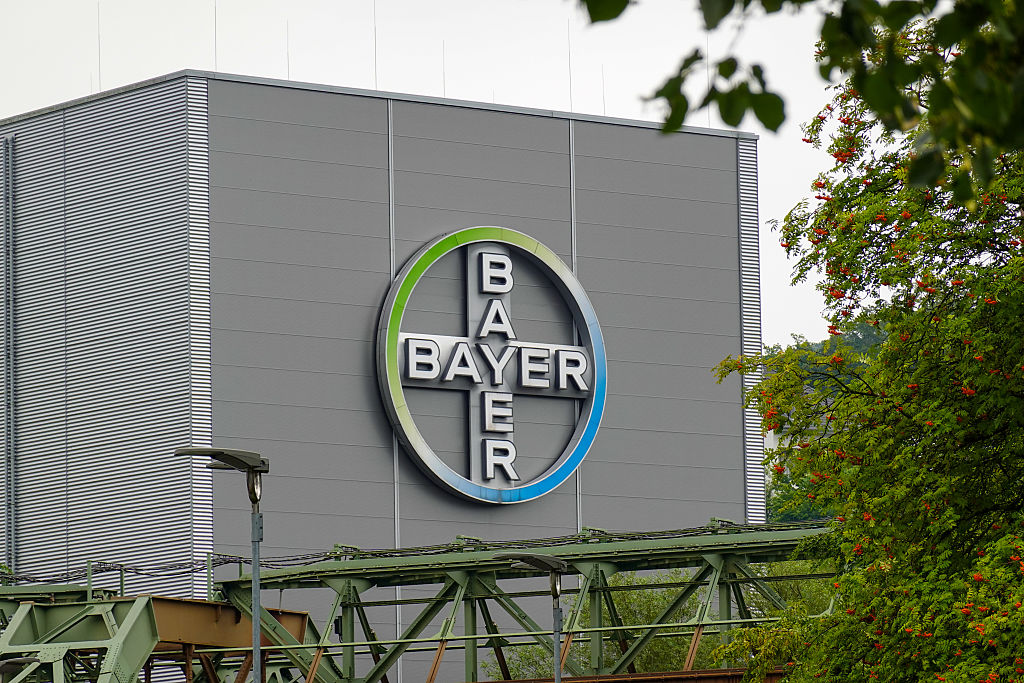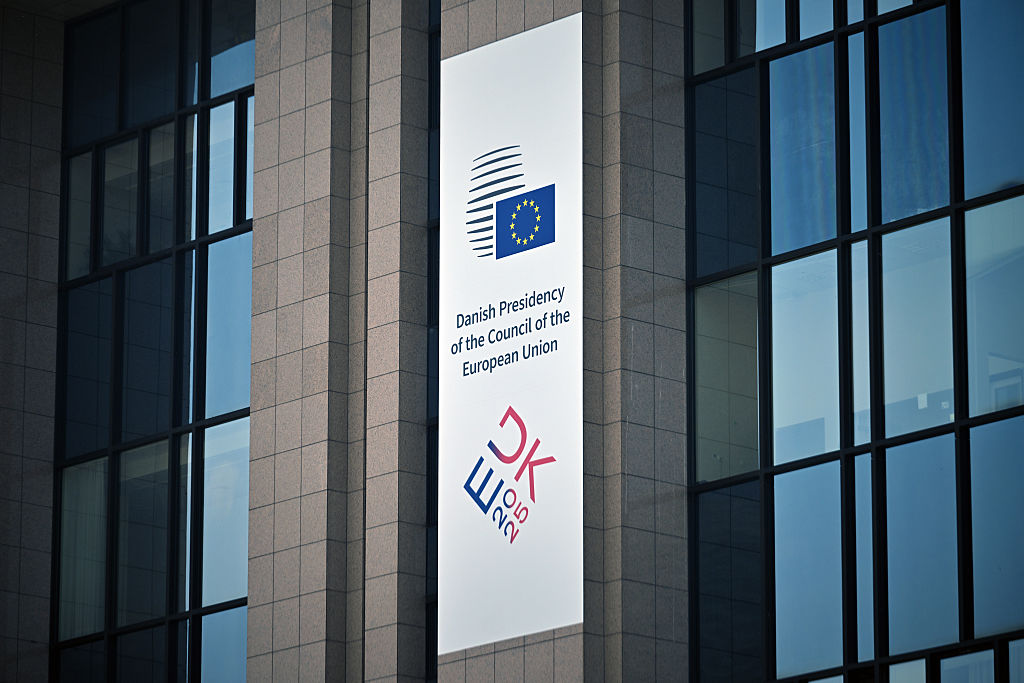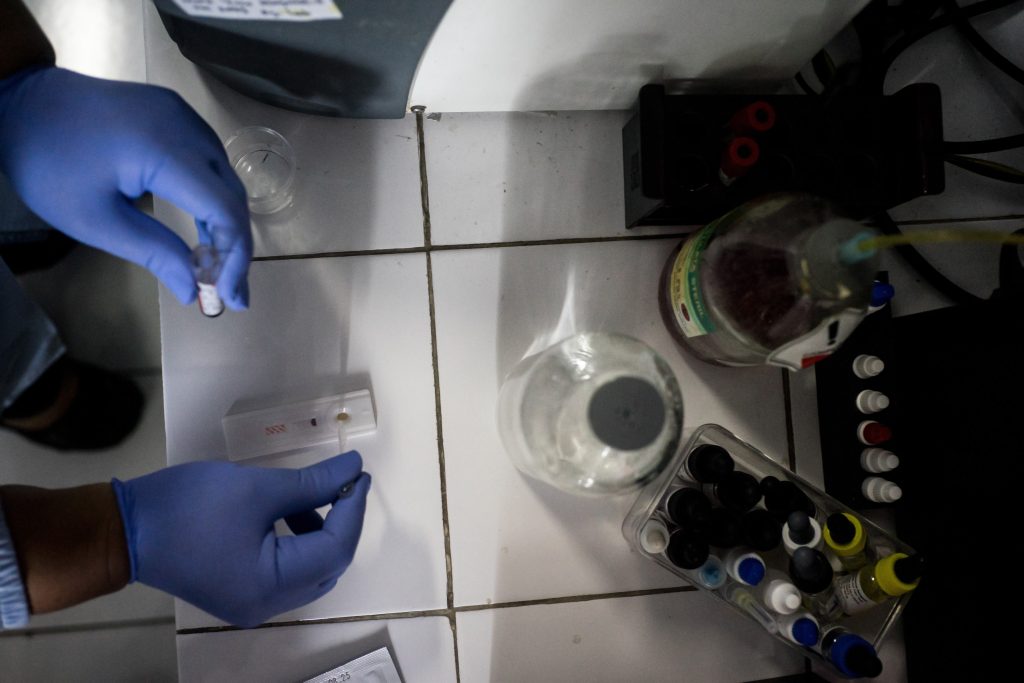Cracking the ‘unmet medical need’ code, Gastein experts weigh in
EMA’s Steffen Thirstrup suggests replacing 'medical' with 'therapeutic' but patient advocate Tobias Hagedorn warns that strict clinical criteria could exclude rare diseases

Defining an ‘unmet medical need’ (UMN) at the trilogue negotiations on the revision of the EU’s pharmaceutical reform package remains tricky, prompting policymakers, industry, and patient groups at the European Health Forum of Gastein (EHFG) to discuss its potential final formulation.
The breadth of the definition stands to determine which diseases are prioritised and what gets incentivised and funded. With competing interpretations and deep concerns over access, the difficulty of drawing a clear line between medical necessity and market incentive is apparent.
Tobias Hagedorn, secretary of the European Society for Phenylketonuria (ESPKU), warned that limiting frameworks to morbidity and mortality “systematically misses the full picture of [patients’] needs” and risks locking rare disease communities out of investment. “That is dangerous.”
For Steffen Thirstrup, chief medical officer of the European Medicines Agency (EMA), it shouldn’t be an issue of how broad or narrow the definition is. “[It] should be operational, so it should be clear,” he told Euractiv. He also floated a rethink, suggesting “unmet therapeutic need” might better capture the concept.
Risks of a strict definition
Concerns about a narrow definition centre on the risk of excluding aspects of a disease that are crucial to patients, simply because regulators, policymakers, or payers may not consider them part of the official definition
For patients, this is not an abstract discussion. “It is deeply personal,” Hagedorn explained. “Rare diseases like PKU illustrate exactly why a narrow definition is so problematic. We have low mortality, but a high daily burden, high emotional and economic costs, and often suboptimal outcomes. For us, this condition is far from being solved,” he said, advocating for a broader, patient-centric definition of UMN.
As Rosa Castro, public affairs director of EURORDIS, noted during the panel discussion, “even though they are rare, [these conditions] affect 30 million people across Europe,” making the debate crucial, as the rare disease community faces multiple layers of unmet needs, from the lack of curative treatments, which affects over 90% of patients, to challenges linked to quality of life and mental health.
Hagedorn pointed to the ethical questions behind this debate. “This is also about a European body looking at our community and deciding whether or not our needs are ‘sufficient’”.
Thomas Bols, head of government affairs and patient advocacy for EMEA at PTC Therapeutics, emphasised the complexity of the subject. “If you ask ten people to define UMN, you’ll probably get fifteen different answers,” he noted during the session, adding the problematic approach of reducing that complexity to a single definition on paper.
Bols warned that a too-rigid definition could lead some conditions to be classified as having “low or non-existent” unmet need, potentially undermining research incentives. “If Europe signals that a disease area is viewed as having limited unmet need, companies may become more risk-averse. That’s not desirable,” he explained.
Risks of grey areas
Talking to Euractiv at the sidelines of EHFG, Thirstrup explained that the clearer the definition is, the easier it is to assess, the better.
He noted it would help avoid disputes over whether a particular product meets an unmet medical need. “That would create uncertainty among the patient community,” and even lead to potential court cases, he remarked.
According to Thirstrup, if you have a definition, whether strict or not, there will always be someone who meets the criteria and qualifies for incentives, and someone who falls outside and does not. “The risk of having a very vague and ambiguous definition could mean that you even have a grey zone,” where some fall neither fully inside nor fully outside.
“If everything fulfils certain criteria, if every drug has an unmet medical need, then we don’t need a definition of this,” he commented, adding that the purpose of a definition goes beyond classification. “Policymakers want a definition that can drive innovation through incentives,” he said, adding that being inside the definition opens to incentives and guides innovation in certain directions.
Rethink the approach
“If the UMN definition does not explicitly recognise the burden of treatment, quality of life, mental health and social functioning, patients like those with PKU risk being deprioritised,” Hagedorn warned.
When asked what criteria a definition of UMN should include, Thirstrup suggested taking a step back from the term itself. “I’ve been discussing whether we should abandon the word medical altogether; perhaps talk instead about an unmet therapeutic need,” he said.
As he explained, “that would open the door to the future,” recognising that healthcare isn’t only about medicines. “We may have medical devices, new technologies, or other interventions, even surgery, that can meet therapeutic needs,” pointing to the PKU, as most patients are managed through diet.
Reassessing the status quo
The ESPKU secretary points to the risk of creating a system in which the mere existence of inadequate treatment “is enough to disqualify our patients from the next wave of innovation, because, on paper, their need is no longer ‘unmet’.”
“And once again, we will be told that our suffering does not count, that our needs are not urgent enough, or not visible enough,” he said.
Thirstrup emphasised that any definition must look beyond the simple question of whether a treatment exists. “We need to examine whether the available therapeutic options fulfil patients’ needs … whether patients are optimally treated,” he said.
He also added that it is essential to think “not only in black and white terms, if there is a treatment option or not, but also whether the existing options are insufficient.”
In many therapeutic areas, existing options work for the mainstream patient, but not for everyone, as he explained, and even effective medicines can leave gaps in real life. “There may be a therapy that is working, fulfilling the unmet medical need, but for many patients, the way they have to take it makes [compliance] very difficult,” Thirstrup argued.
That means they don’t get the full benefit seen in clinical trials, and healthcare systems don’t get the outcomes they’re paying for.
Definition and incentives
Because the definition will also determine access to EU-level incentives, Bols stressed the importance of maintaining flexibility and consultation. As he explained during the session, meeting the definition opens the door to incentives, and not meeting it means you don’t qualify. And beyond the EU level, this label will influence national pricing and reimbursement discussions.
According to Bols, that is why the definition should remain broad. EMA, when developing its guidelines, involves all relevant stakeholders, particularly patients, as well as industry, to ensure the criteria reflect real-world needs.
Hagedorn echoes that message, saying “that dialogue must include patients as central actors, not just symbolic contributors.” As he explained, patients understand the full spectrum of their condition, and if those perspectives are excluded, “we will get the definition and its application wrong.”
“We need systems of incentives that support innovation without bankrupting patients, developers, or health systems. We do not want systems that do not pit one community against another, asking “who suffers more”, where diseases with high burden but low mortality are excluded, but instead strengthen our collective solidarity.”
[BM]





